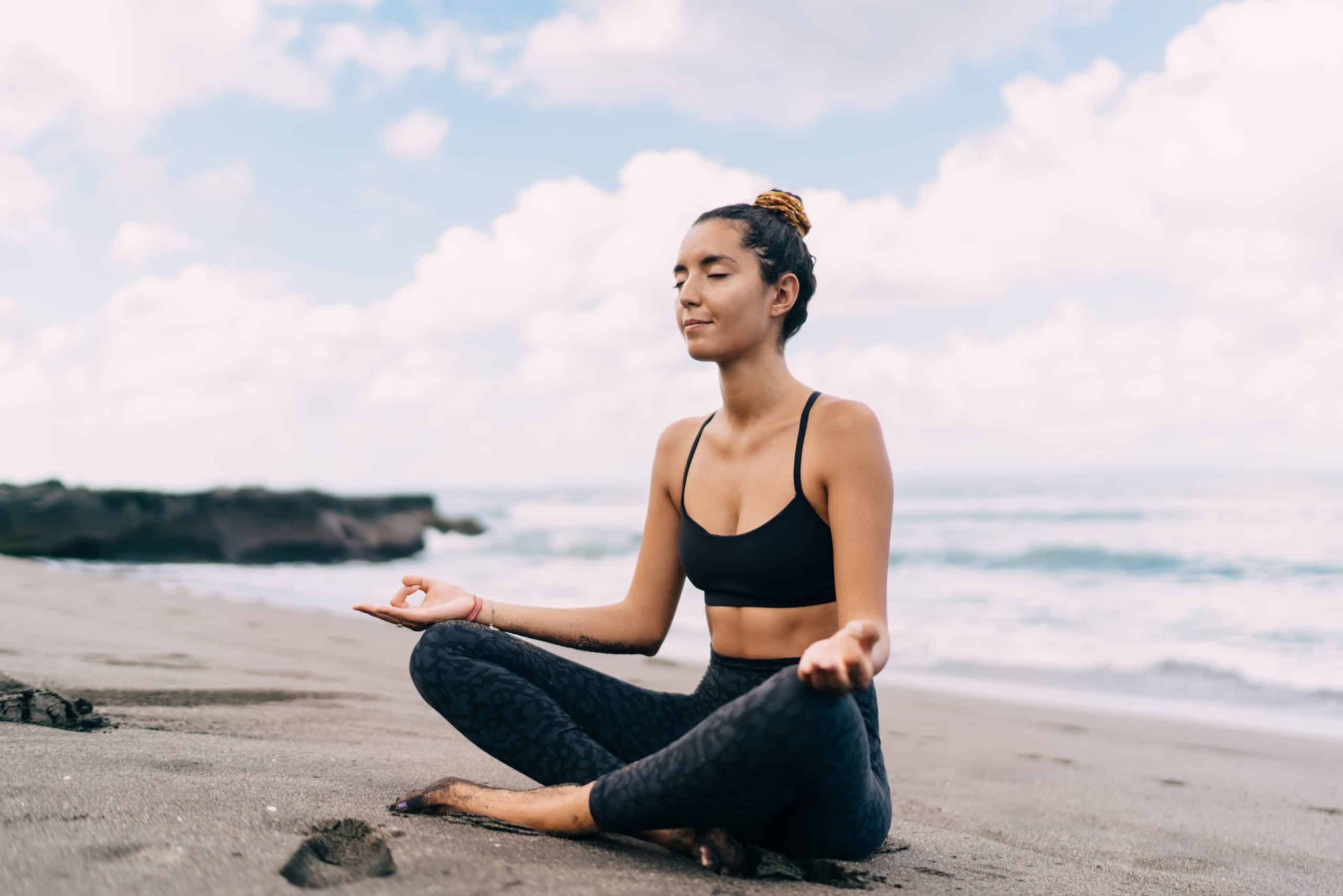Golf has been a timeless and popular sport that demands both concentration and precision from its players. Putting is particularly essential as it can determine the victory or defeat in a game. Hence, golfers are always on the search for techniques that can improve their performance. One such technique increasing in popularity is the ‘Quiet Eye’ technique.
This article will delve into the ‘Quiet Eye’ technique, discussing what it is, how it works, and how you can apply it to improve your putting accuracy in golf.
In the same genre : How to Use Heart Rate Variability to Predict Overtraining in Cyclists?
What is the ‘Quiet Eye’ Technique?
The ‘Quiet Eye’ technique has been gaining attention in the global golf circle. It is a term coined by Dr. Joan Vickers, a cognitive psychology researcher. But what does it really mean?
The ‘Quiet Eye’ technique refers to the period when a golfer’s gaze becomes fixated on a particular target before initiating a movement. In golf, this could be the ball, the hole, or a specific part of the green. This final visual focus, lasting for a minimum of two seconds, is observed to enhance the accuracy of the resulting action.
Also to discover : What’s the Role of Digital Storytelling in Enhancing Fan Engagement in Basketball?
Research has found that skilled athletes, including golfers, often exhibit longer Quiet Eye periods compared to less skilled counterparts. It suggests that this technique could be a fundamental component of executing precise movements in sports.
Why is ‘Quiet Eye’ Essential for Golf?
One of the main challenges golfers face is the ability to focus amidst various distractions. Small errors in judgment or execution can lead to significant consequences, especially when putting. This is where the ‘Quiet Eye’ technique can make a significant difference.
The ‘Quiet Eye’ technique encourages the golfer to maintain an unwavering focus on the task at hand, minimizing potential distractions. By fixing their gaze on a specific target, golfers can better coordinate their movements and timing, leading to improved accuracy.
Additionally, the ‘Quiet Eye’ technique helps reduce performance anxiety. It encourages golfers to slow down, breathe, and concentrate, which can lower heart rates and reduce nervousness. Therefore, not only does this technique enhance physical performance, but it also promotes psychological wellbeing.
How to Apply ‘Quiet Eye’ in Your Putting Method?
To reap the benefits of the ‘Quiet Eye’ technique, you should integrate it into your putting method. Here are some steps to assist you in doing so:
-
Identify your target. Whether it’s the ball, the hole, or a particular spot on the green, determine where you want to direct your focus.
-
Sustain your gaze. Keep your eyes on the target for a minimum of two seconds. This is the essential ‘Quiet Eye’ period identified by Dr. Vickers.
-
Initiate your stroke. After maintaining your gaze, start your stroke without shifting your focus. Try to keep your eye on the target for as long as possible even after hitting the ball.
-
Practice consistently. Like any other skill, the ‘Quiet Eye’ technique requires practice to become second nature. Incorporate it into your regular training routine to observe improvements over time.
The Science Behind the ‘Quiet Eye’ Technique
But why does the ‘Quiet Eye’ technique work? The answer lies in the science of our visual and cognitive function.
Our eyes collect visual information, which our brain then processes to coordinate movements. When we fixate our gaze on a target, our brain has more time to process this information, resulting in more precise movements.
Moreover, the ‘Quiet Eye’ technique helps to filter out unnecessary visual information, reducing cognitive load. This allows golfers to focus their mental resources on the task at hand, leading to more accurate putting.
In addition, the ‘Quiet Eye’ period triggers a physiological response that aids performance. It slows down our heart rate and promotes relaxation, enhancing our ability to execute precise movements under pressure.
Overall, the ‘Quiet Eye’ technique is a powerful tool that golfers can utilize to elevate their game. It enhances focus, reduces anxiety, and improves accuracy, making it a valuable addition to any golfer’s toolbox. So why not give it a try in your next golf practice or game?
The Impact of ‘Quiet Eye’ on Golf Performance
The ‘Quiet Eye’ technique has proven to be a game-changer in the golfing world. It has significant impact on both professional and amateur players, enhancing putting performance and overall gameplay.
Several studies have conclusively shown that successful putts are often preceded by longer ‘Quiet Eye’ durations. These findings imply that a prolonged gaze on a specific target can significantly increase the chances of a successful putt. Experts have found that golfers who adopt the ‘Quiet Eye’ technique often exhibit improved putting accuracy, demonstrating the efficiency of this method.
In addition to improvement in putting accuracy, the ‘Quiet Eye’ technique also enhances the golfer’s mental toughness. The ability to maintain focus despite distractions or pressure is critical, especially in competitive golfing situations. By utilizing the ‘Quiet Eye’ technique, golfers can maintain better focus, manage performance anxiety more effectively, and execute their shots with more confidence.
Moreover, this technique can be beneficial for golfers of all levels. For beginners, it provides a simple and practical strategy to develop their putting skills. For experienced players, it fine-tunes their focus and enhances their precision. By integrating the ‘Quiet Eye’ technique into practice routines, golfers can systematically improve their performance and achieve their personal bests.
Conclusion: Embrace the ‘Quiet Eye’ for Better Golf
In summary, the ‘Quiet Eye’ technique is a beneficial psychological tool that can remarkably enhance putting accuracy in golf. It is a simple yet effective technique that requires the golfer to maintain focus on the target for a minimum of two seconds, leading to improved performance.
The science behind it explains how it aids in the efficient collection and processing of visual information, thereby promoting precise movements. Furthermore, it helps filter out distractions, reduce cognitive load, and manage performance anxiety.
Regardless of a golfer’s skill level, the ‘Quiet Eye’ technique can be incorporated into their routine. It encourages discipline, focus, and consistency, which are vital components for success in golf. Whether you are a professional golfer aiming to perfect your game, or a novice seeking to improve your putting skills, the ‘Quiet Eye’ technique is a remarkable strategy to explore.
Ultimately, it’s clear that the ‘Quiet Eye’ technique is more than just a passing fad in the golfing world. Its impact on enhancing focus, reducing anxiety, and improving accuracy makes it a powerful tool worth adopting. It’s time to embrace the ‘Quiet Eye’ and see the difference it can make in your golf game. So why not give it a shot in your next practice session? This could be the game-changer you’ve been looking for.











